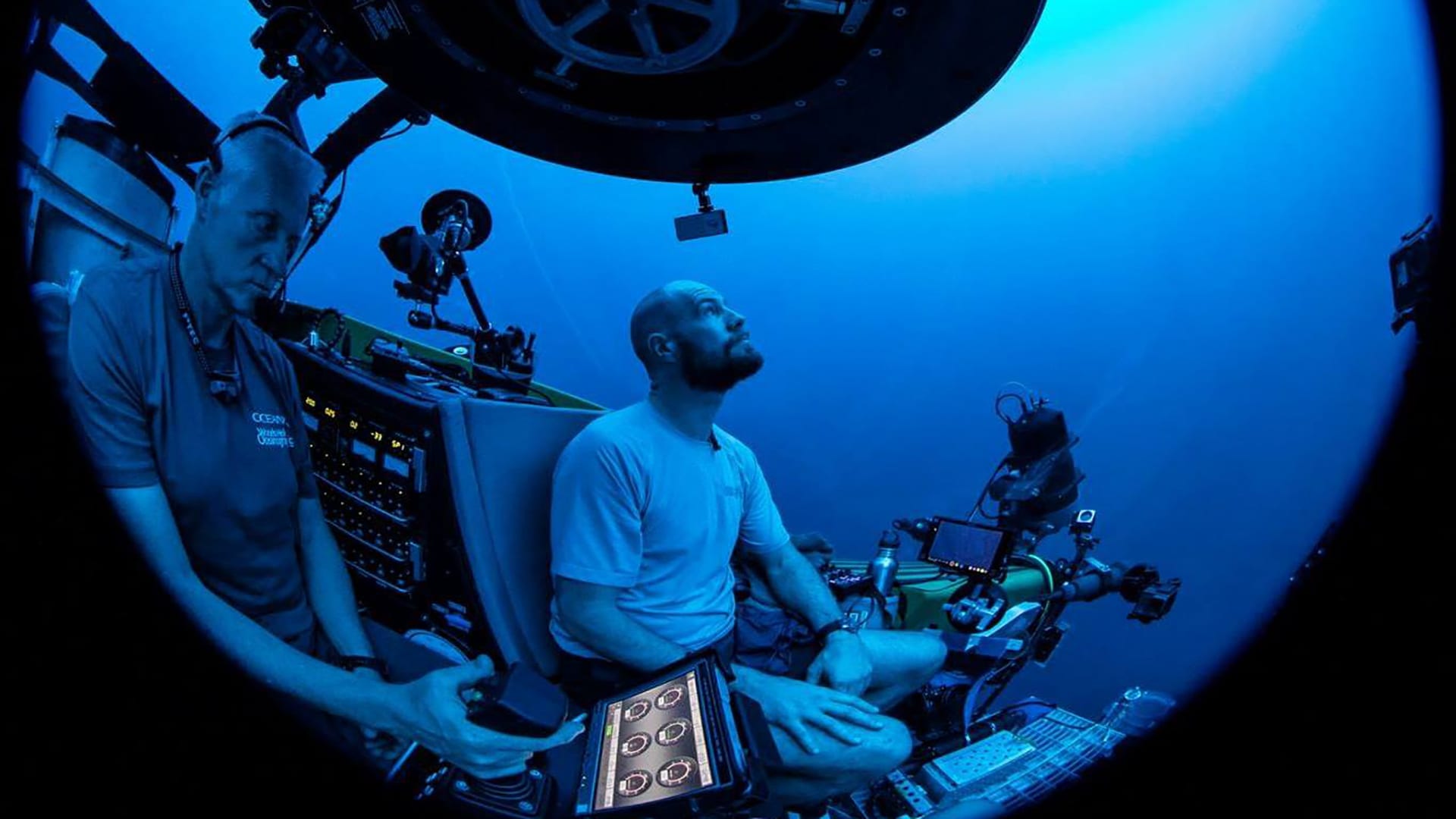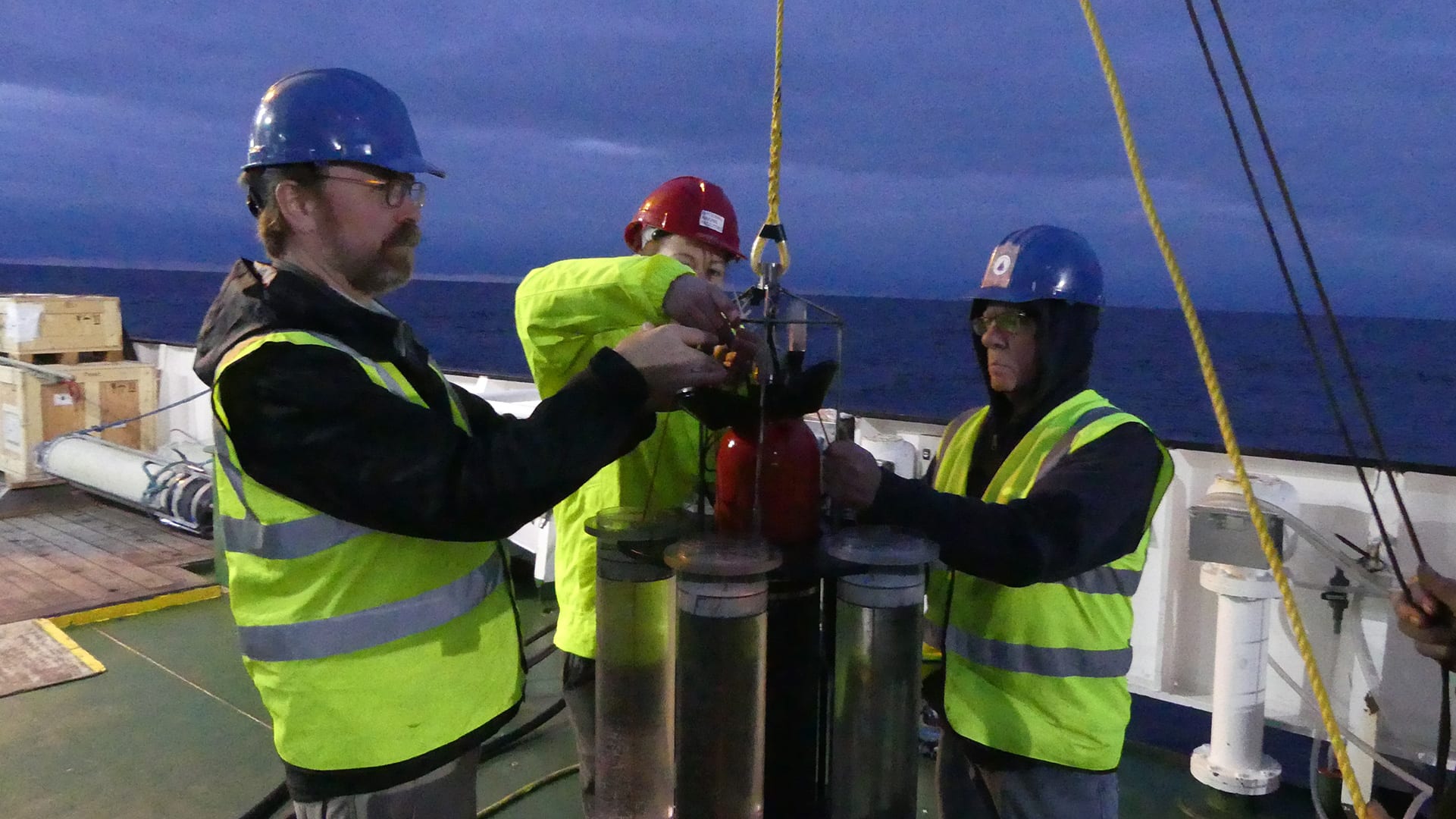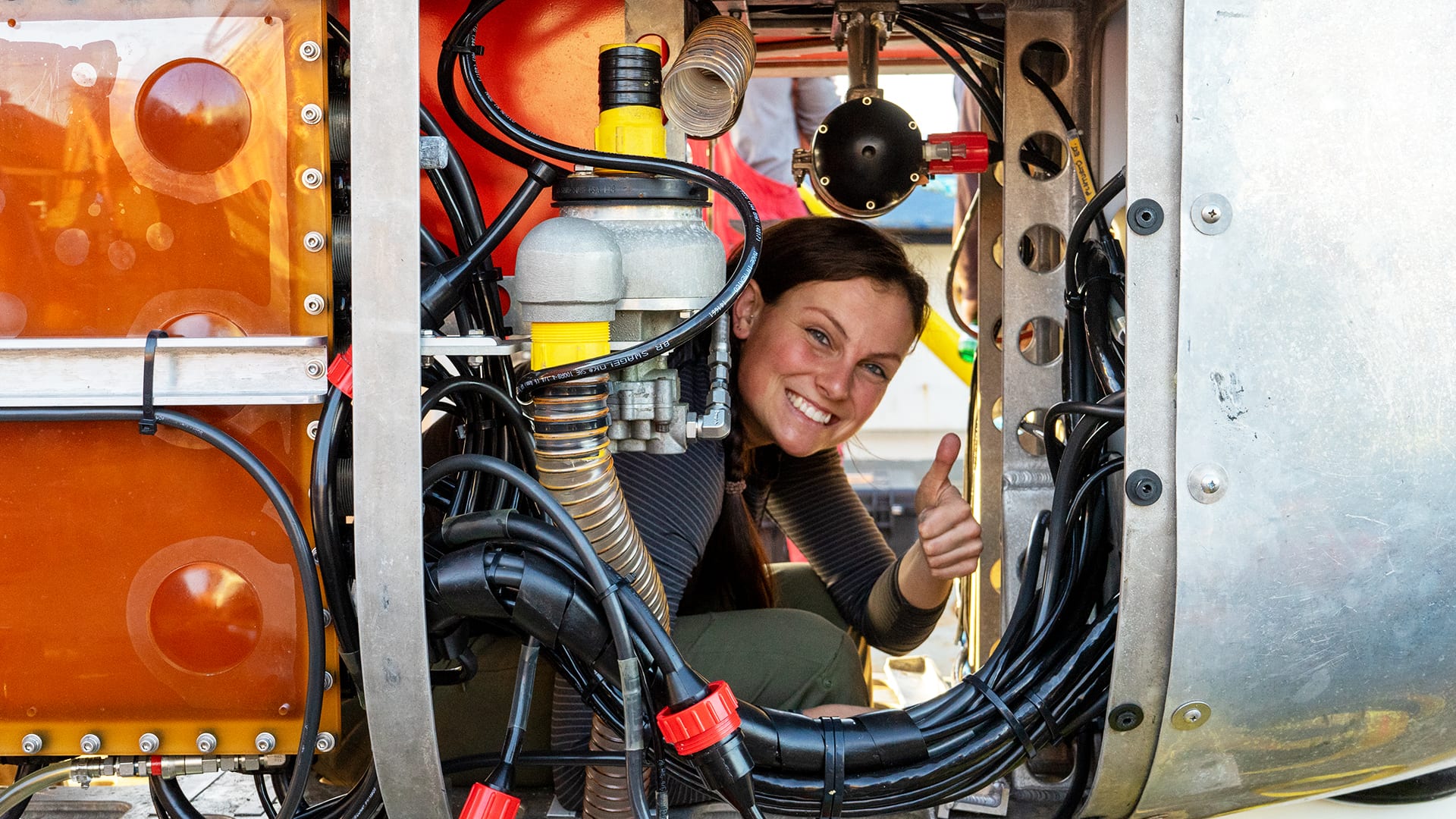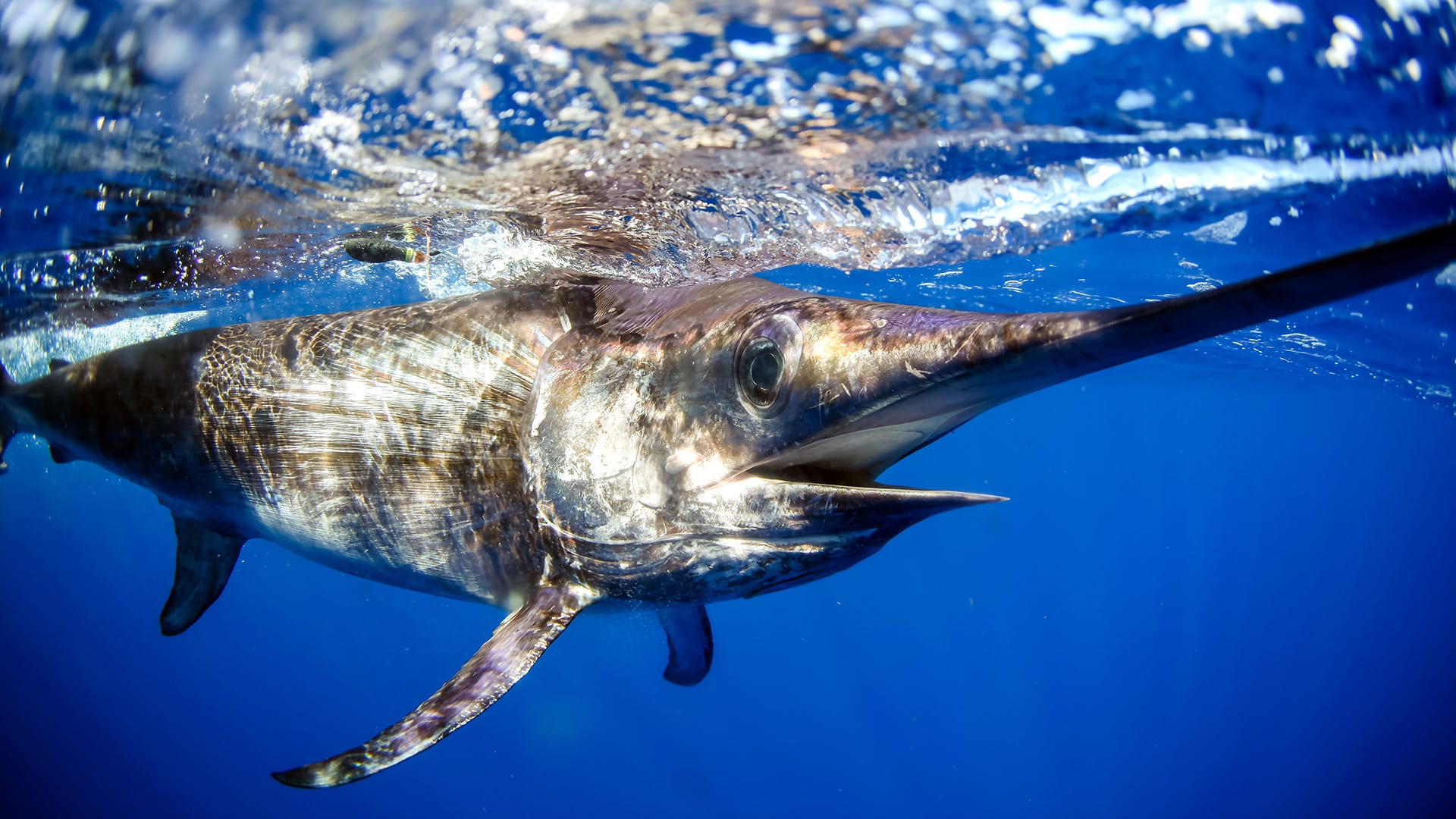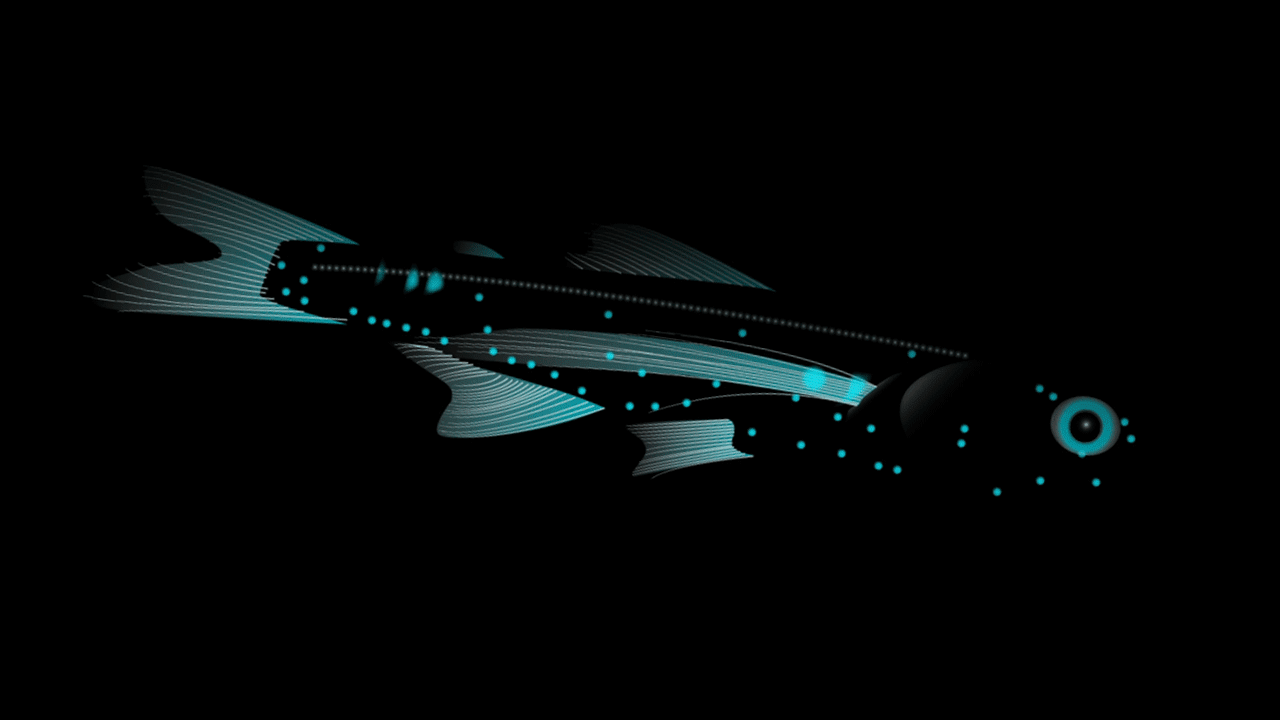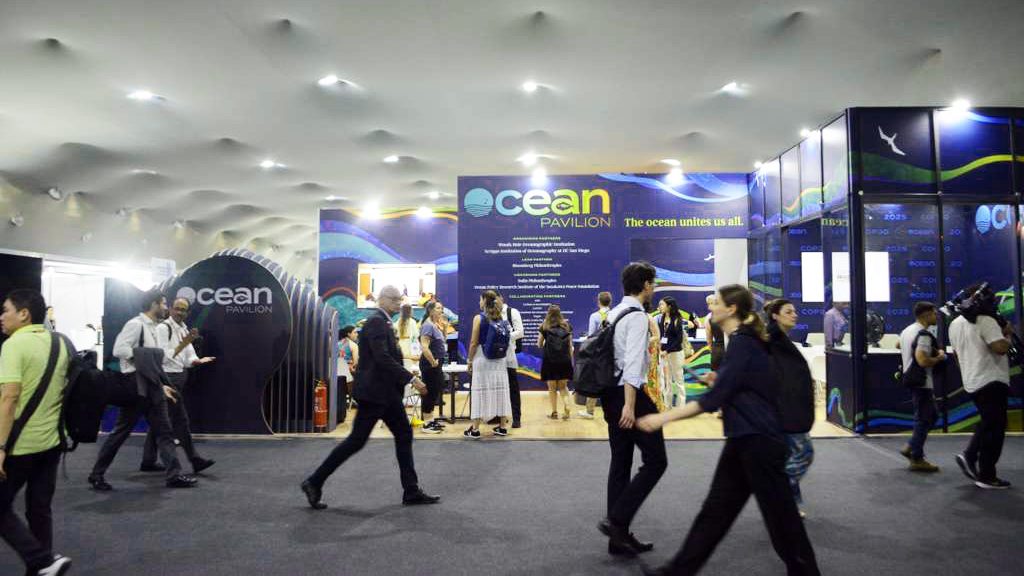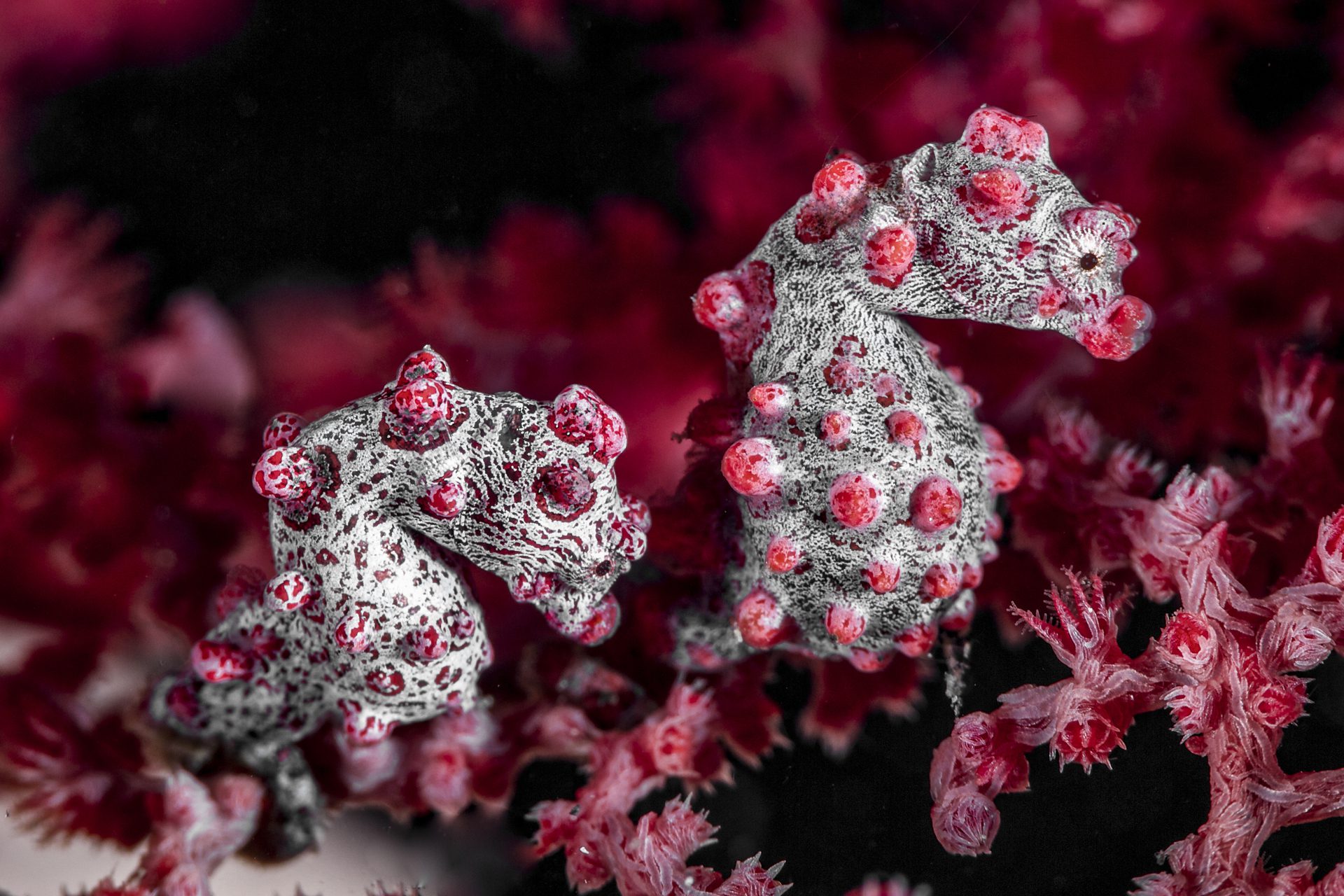News & Insights
Paul Caiger hunts for things that glow in the Ocean Twilight Zone
Paul Caiger is a fish biologist, marine photographer and postdoctoral investigator at Woods Hole Oceanographic Institution (WHOI). From the ghoulish grimace of the viperfish, to the bejeweled beauty of the strawberry squid, Caiger’s marine portraits have helped shine a light in this dark but critical ocean zone.
Read MoreThe Ocean Twilight Zone’s crucial carbon pump
When CO₂ enters the ocean, where does this heat-trapping gas go? WHOI geochemist investigates how much carbon from the surface ocean is dispatched to the ocean twilight zone–the midlayer of the ocean–and on to the deep ocean.
Read MoreOpening our eyes to the deep: Molly Curran
Molly Curran is a mechanical engineer in WHOI’s Deep Submergence Laboratory. She works on the design and operation of deep-sea robotic systems, including remotely operated vehicles, autonomous vehicles, and deep-sea samplers. She was the institution’s first pilot for Mesobot, WHOI’s latest autonomous robot designed to study the midwater realm known as the ocean twilight zone.
Read MoreFollowing the elusive sword
Satellite tags allow researchers to “see” how swordfish move in and out of the ocean twilight zone.
Read MoreFish with Flashlights
Down in the dark and shadowy ocean twilight zone, countless species—bristlemouths, lanternfishes, jellies, and others—rely on bioluminescence for a variety of important functions, including finding their next meal, outsmarting predators, and looking for mates.
Read MoreWeek One at COP30: Ocean voices rise in Belém
This year marks the fourth appearance of the Ocean Pavilion in the Blue Zone of a UN Climate Conference of the Parties. (Photo courtesy of the Ocean Pavilion) by Ken…
Read MoreA Look Back at the UN Ocean Conference
WHOI President & Director Peter de Menocal (second from left) addresses the first Ocean Action Panel to open the UN Ocean Conference in Nice, France. (Photo by Ken Kostel, ©Woods…
Read MoreWHOI at the UN Ocean Conference—Nice, France
The United Nations Ocean Conference is a pivotal moment to drive international cooperation and collaboration in order to protect our ocean from the many compounding threats it faces today. The…
Read MoreValentine’s Day Courtship Tips from the Ocean
Are you an ocean lover? Go a little deeper with these courtship tips from beneath the waves!
Read More
